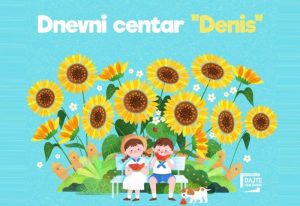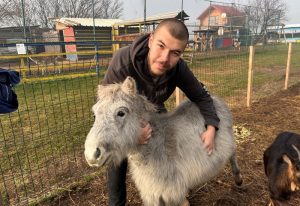All those who visit Herzegovina, in addition to the famous Wine route, can also take the Honey and cheese route.
The idea of the women from the organization Slow Food Trebinje and the tourist agency “Lux Travel” from Trebinje, to share the centuries-old tradition of gourmet magic of Trebinje and its neighboring municipalities with tourists, took shape precisely within their project. With 16 households on the Cheese and honey route, guests will be able to feel the true charm of Herzegovina, which, through this project, is fighting for the youth of that part of the country to live off their work.
Ivo Andric wrote about Herzegovina that it is “a land with a lot of stone and little of everything else, but what little it produces is nutritious and noble.” He said that people of this region are reasonable, and that the water, air and climate of this area make them so.
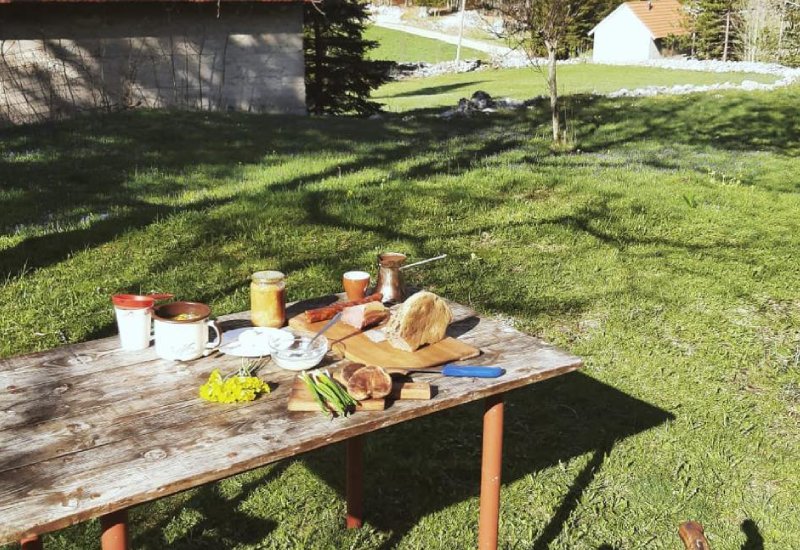
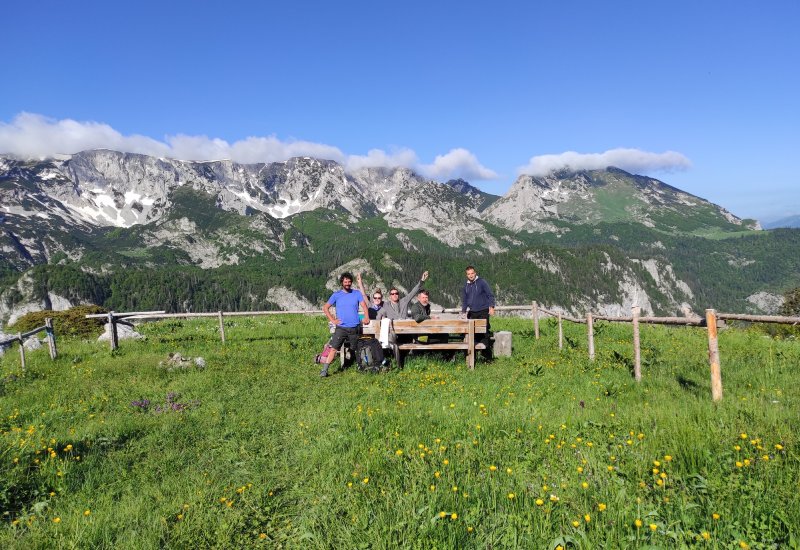
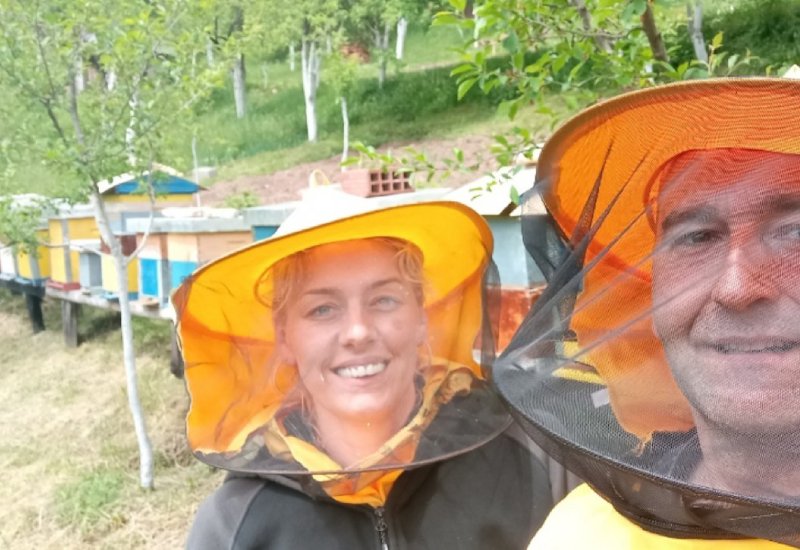
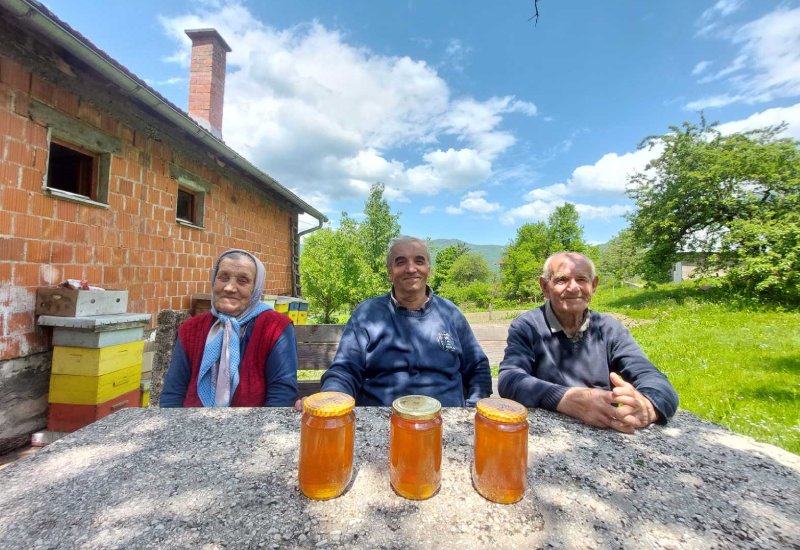
The example of the “Cheese and honey route” shows what the Herzegovinian reason can do, using the benefits of the region.
To share the gourmet magic with everyone, to preserve the heritage created over the centuries was one of the guiding ideas of this project whose main donors are USAID Turizam through the Developing Sustainable Tourism in Bosnia and Herzegovina .
Gordana Radovanovic, project manager of the Slow Food Trebinje organization, which together with the tourist agency “Lux Travel” from Trebinje is implementing this project, says about how the idea of creating the Honey and cheese route was born:
“A long time ago, working in various agricultural projects, visiting small rural producers in Herzegovina, we realized that the tradition of some of our cheeses and everything that the production process of those cheeses entails, is a special food heritage to which they are connected and special other heritages such as the nomadic way of the life of cheese producers, special rural architecture and facilities that accompany this heritage. We realized that it is a story about our culture and history that is a reality even today and that needs to be told to the world,” Radovanovic points out.
She notes that cheese from the mixture (mjesina), which has been made according to the same principle since the Middle Ages, is included in the preliminary list of Bosnia and Herzegovina’s intangible cultural heritage.
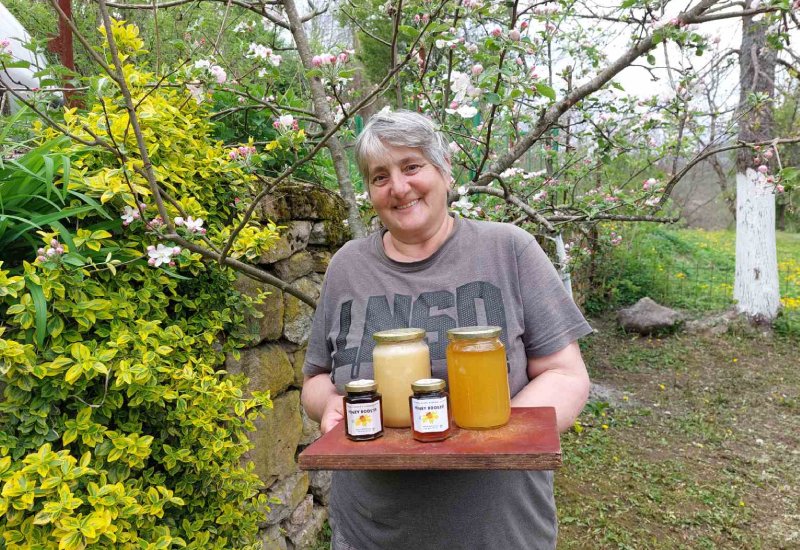
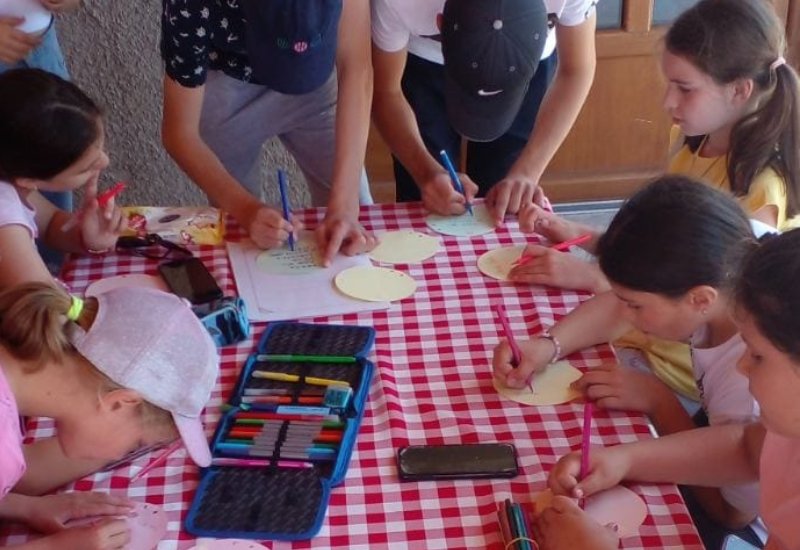
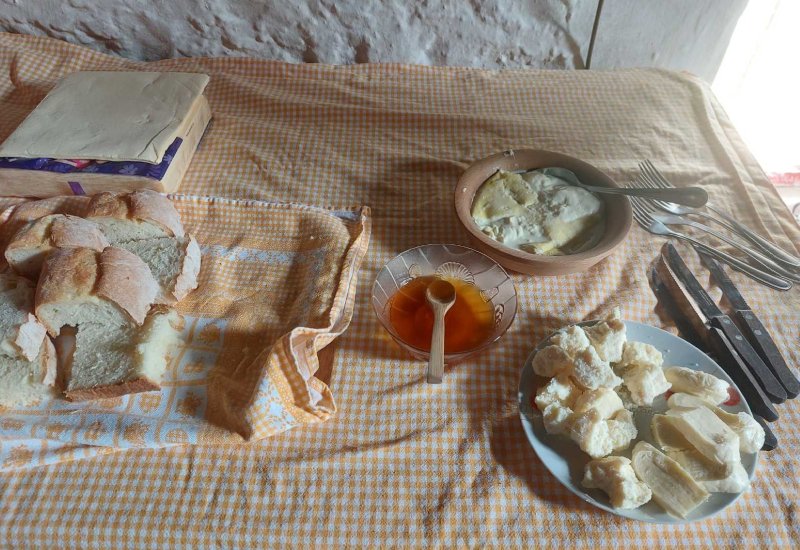
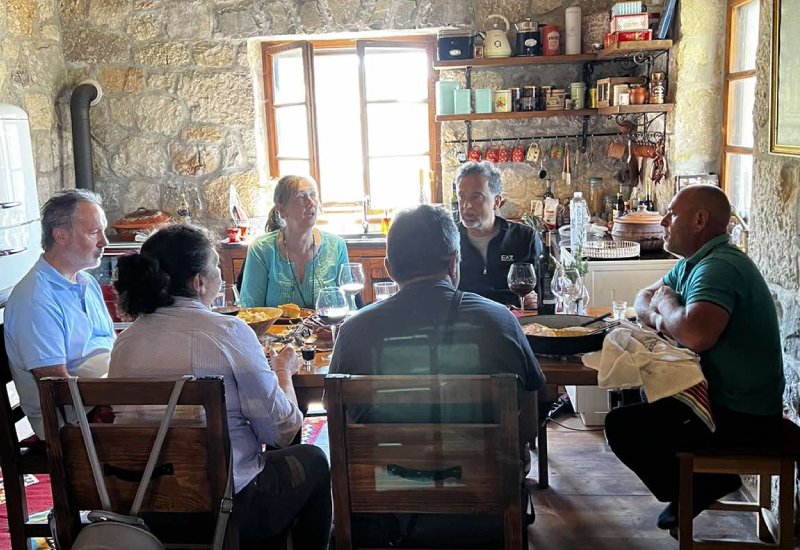
The reactions of the producers of this type of cheese were actually an additional incentive to start working on the Cheese and honey route, Radovanovic recalls.
“After that we were sure that we wanted to tell that story, cheese and honey are combined in Herzegovina in “Cicvara with honey”, and since the quality of both cheese and honey comes from the special rich biodiversity of the Dinarid pastures, we got a vision for it to be a story about “Cheese and honey route” that will connect the small producers of the region we know best,” she says.
The project itself includes the city of Trebinje and five other municipalities of East Herzegovina: Bileca, Gacko, Nevesinje, Berkovici and Ljubinje.
In this area, the Cheese and honey route includes a total of 16 producers, that is, households that wanted to share what they put on the table for their household with everyone who visits Herzegovina.
Radovanovic proudly points out that there are two nomadic farms among the farms.
Those farms have katuns, i.e. wooden huts that serve as shepherds’ lodgings during the period of cattle grazing on Volujek and Morine, and entire families move from May to October to this plateau, which is often called the “European Tibet”.
It should be noted that these are relatively small farms that until now mostly did not work according to this principle, and it was the idea of the project of their fellow citizens that gave them the necessary skills and means to share their homes with all those who want to experience Herzegovina in its full glory.
As part of the project, elements for the catering offer were provided, a trail narrative was designed with all the detailed information about products and cultural heritage, and a series of trainings aimed at providing additional assistance to farms in promoting their offer.
“Among other things, the logo of the trail and special labels for each product, equipment for welcoming guests, training in rural tourism, and other trainings, such as those related to digital marketing storytelling, and special training for licensed tourist guides of Trebinje, were designed,” says Milica Kovacevic, project manager of the agency “Lux travel” from Trebinje.
In addition to USAID Tourism, the Cheese and honey route was also supported by the Ministry of Agriculture, Forestry and Water Management of the Republika Srpska, and the Tourism Organization of the Republika Srpska, through a system of subsidies, i.e. promotion of this tourist product. Regarding the cooperation with the city of Trebinje and the municipalities involved in the Trail, Radovanovic points out that they all supported the idea.
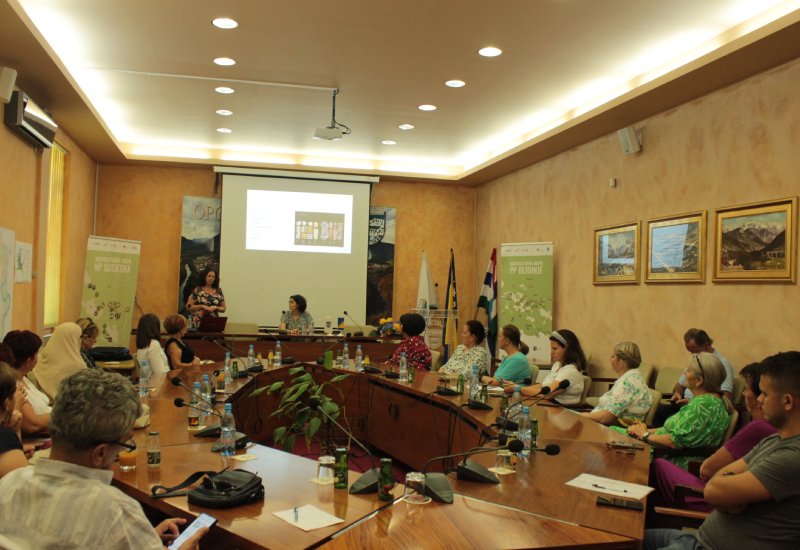
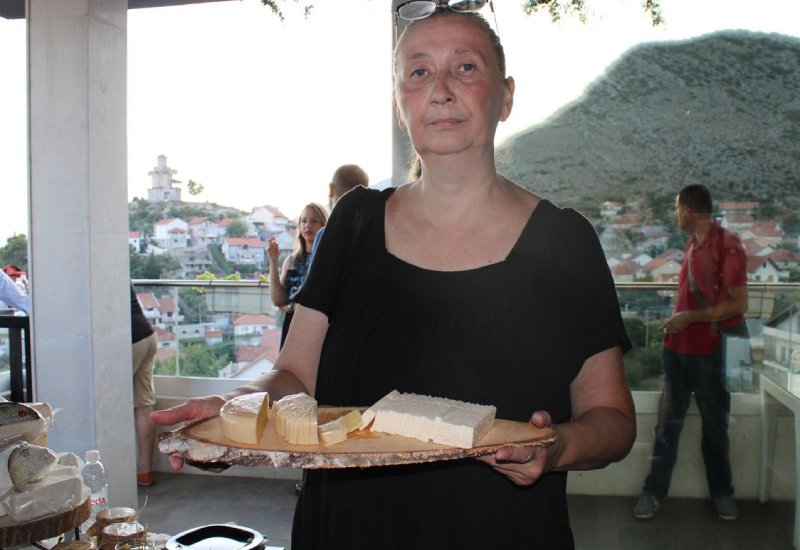
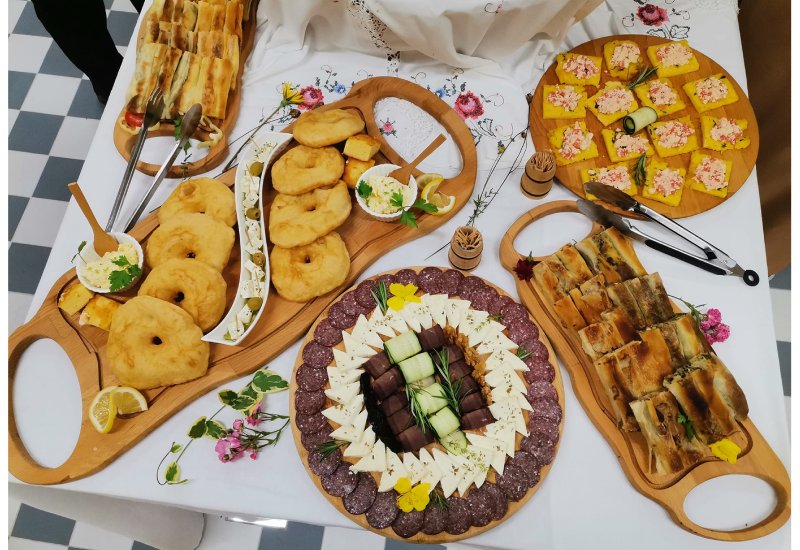
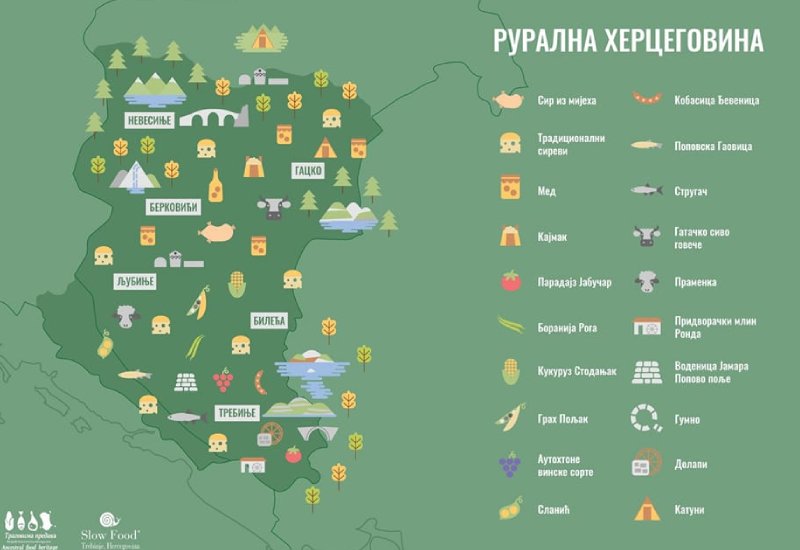
“All tourism organizations of the municipalities and the City of Trebinje will promote the Cheese and honey route through their media spaces, and in the future, we expect other forms of cooperation with local communities,” she says.
The Cheese and honey route project, as an idea of local organizations of this region, aims first of all to enrich the tourist offer of Herzegovina and strengthen small businesses. In a region that is also known for the departure of young people, low employment rate and other problems that our country is facing, this is undeniably of great importance.
On the other hand, our interviewees emphasize the timeless value of the idea of uniting the love for Herzegovina, nature and food in this Route. As they pointed out, food is an essential part of the culture and identity of the people of this region.
The guardians of that culture are precisely the owners of farms and their families, who in this way received a kind of recognition for all their work, but also a chance to continue the secret production of various types of cheese and honey.
“Usually we emphasize language and religion as the most important parts of the identity and culture of the people. The food of a nation is an extremely important part of its culture. We believe that by developing tourism in our rural areas, the beautiful nature and the special architectural heritage in the form of katuns, old bridges such as Ovcji brod, water mill, gumna, suhozid can attract tourists from all over the world and give our young people the hope and vision that such a form of tourism is not only possible but also the key to preserving the hearth, preserving traditions. The economic calculation will come if we inspire all the guardians of tradition, either those who are paid to promote it through cultural institutions, or those who preserve it by birth and pass it on from generation to generation,” says Radovanovic.
In the end, the Cheese and honey route, which you can visit virtually on the link here, remains both a vow and a source of pride for all the young people of this region. To preserve the tradition, to give it a personal touch and to have someone to leave it to.
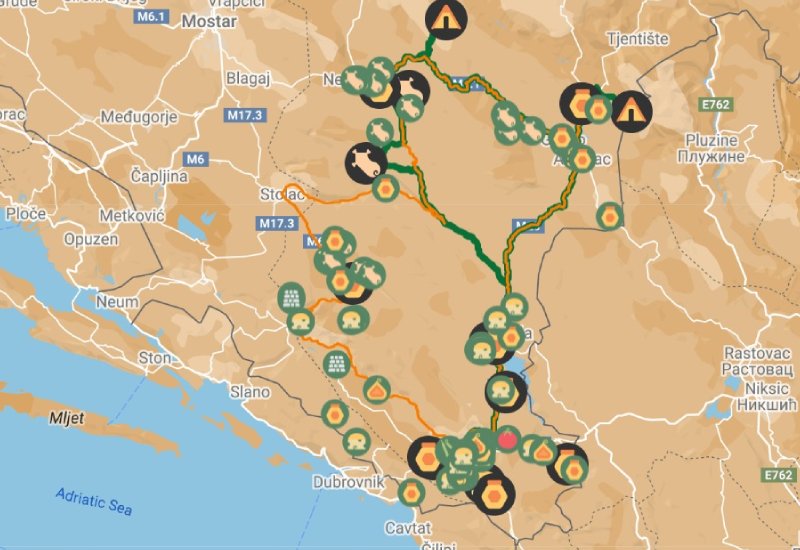
Photo: Screenshot of the Cheese and honey route
“We need to do everything so that our young producer of a traditional product such as sour cream from a mixture or honey made from sage and heather feels proud to preserve that tradition and convey its story to guests, tourists who want to hear and see just such stories,” our interviewee concludes.
Author: Mladen Lakic
This article was written thanks to the generous support of the American people through the “Local Works” program of the United States Agency for International Development in Bosnia and Herzegovina (USAID). The contents of the publication are under the exclusive liability of its author and “Network for Building Peace”. The views expressed in this article do not necessarily reflect the views of the USAID or the US Government.


